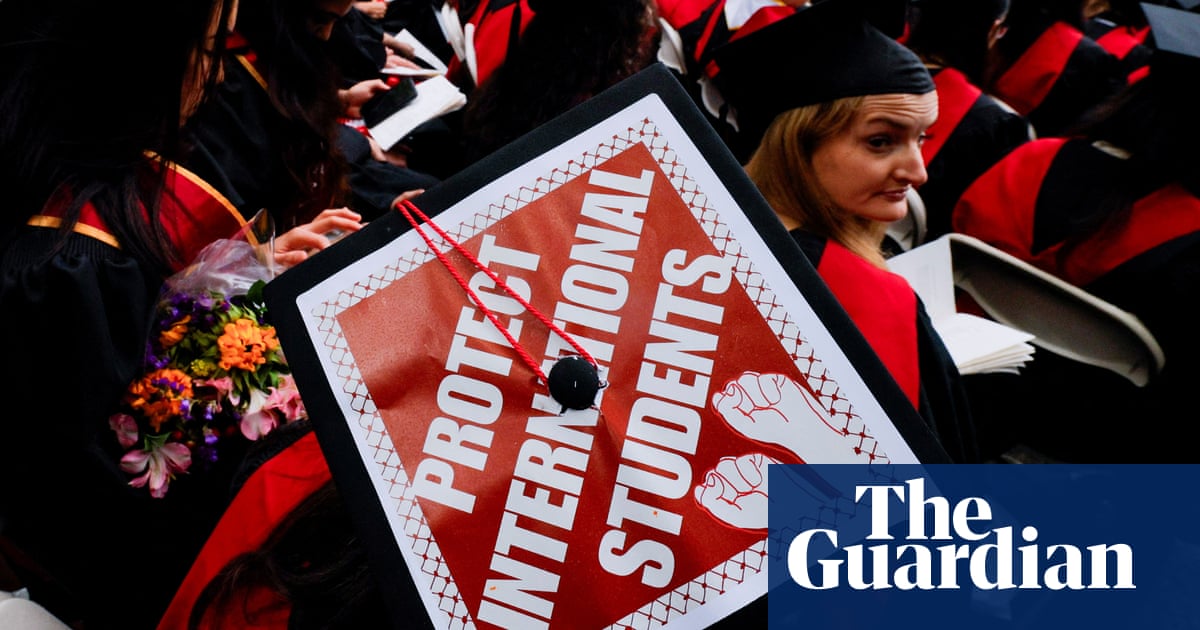By Joey Roulette
WASHINGTON (Reuters) -Butch Wilmore and Suni Williams, the U.S. astronauts left on the International Space Station last year by Boeing's troubled Starliner capsule, are on the up after returning to Earth in March, emerging from weeks of physical therapy to ramp up work with Boeing and various NASA programs.
"Right now, we're just coming off of the rehab portion of our return," Wilmore, 62, told Reuters in an interview on Wednesday. "Gravity stinks for a period, and that period varies for different people, but eventually you get over those neurovestibular balance type of issues."
Wilmore and Williams, who last year set off for an eight-day Starliner test flight that swelled into a nine-month stay in space, have had to readapt their muscles, sense of balance and other basics of Earth living in a 45-day period standard for astronauts returning from long-term space missions.
The astronaut duo have spent at least two hours a day with astronaut strength and reconditioning officials within NASA's medical unit while juggling an increasing workload with Boeing's Starliner program, NASA's space station unit in Houston and agency researchers.
"It's been a little bit of a whirlwind," Williams, 59, said in the interview. "Because we also have obligations to all of the folks that we worked with."
Williams said some of her post-spaceflight side effects were slower to clear up and she felt tired in late stages of recovery, as dozens of various muscles re-engaged. That made it hard for her to wake up as early in the mornings as she likes, until a little more than a week ago.
"Then I'm up at four in the morning, and I'm like, Aha! I'm back," she said.
Wilmore had some issues with his back and neck before heading to space, being unable to turn his head all the way to the side, he said. That all went away in space where "you don't have any stress on your body."
When he returned in March, gravity greeted him with the neck pain he left on Earth.
"We're still floating in the capsule in the ocean, and my neck starts hurting, while we still hadn't even been extracted yet," he said, laughing.
The human body, evolved over millions of years in the gravity of Earth's surface, was not meant for spaceflight.
The absence of gravity triggers an array of physical effects over time, such as muscle atrophy or cardiovascular shifts that can cause a chain reaction of other health changes. Confinement in a small space and higher solar radiation in space, without the protection of Earth's atmosphere, have other effects.
STARLINER PROBLEMS
Propulsion system issues on Boeing's Starliner forced NASA to bring the capsule back without its crew last year and to fold the two astronauts into its normal, long-duration rotation schedule on the ISS.
Boeing, which has taken $2 billion in charges on its Starliner development, faces a looming decision by NASA to refly the spacecraft uncrewed before it carries humans again. Boeing spent $410 million to fly a similar uncrewed mission in 2022 after a 2019 testing failure.
Reflying Starliner uncrewed "seems like the logical thing to do," Williams said, drawing comparisons with Elon Musk's SpaceX and Russian capsules that flew uncrewed missions before putting humans aboard. She and NASA are pushing for that outcome, Williams added.
"I think that's the correct path," said Williams, who is "hoping Boeing and NASA will decide on that same course of action" soon.
Results from Starliner testing planned throughout the summer are expected to determine whether the spacecraft can fly humans on its next flight, NASA officials have said.
(Reporting by Joey Roulette; Editing by Jamie Freed)

 German (DE)
German (DE)  English (US)
English (US)  Spanish (ES)
Spanish (ES)  French (FR)
French (FR)  Hindi (IN)
Hindi (IN)  Italian (IT)
Italian (IT)  Russian (RU)
Russian (RU)  1 day ago
1 day ago






















Comments